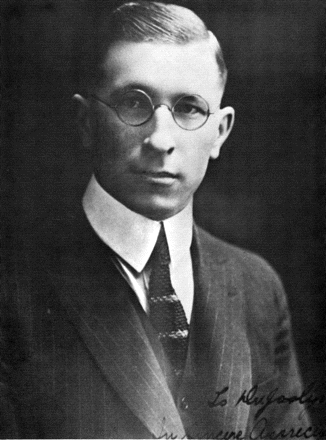1921–1930
RUNNIN’ WILD
The Roaring Twenties was the United States’ very dramatic answer to the sacrifice and tragedy of World War I. Technology and mass marketing increased the availability of consumer goods (like Twinkies and frozen foods), and a modernist view emerged that rejected the ideologies of the war and prewar era. Perceived enemies of the United States were alienated and persecuted, and the racist, anti-Communist, anti-Semitist Ku Klux Klan reached a peak membership of nearly five million men. Science became both friend and foe in an age when irrationalism and fear were prevalent. The polygraph was invented, and the gas chamber was first used; John T. Scopes was convicted of breaking the law for teaching evolution in schools, launching the intense debate that continues today. American women were emboldened by their newly granted suffrage and eager to embrace the pleasures of postwar life. They shrugged off the traditional roles of the past, flooded the workforce, and flaunted their independence and sexuality.
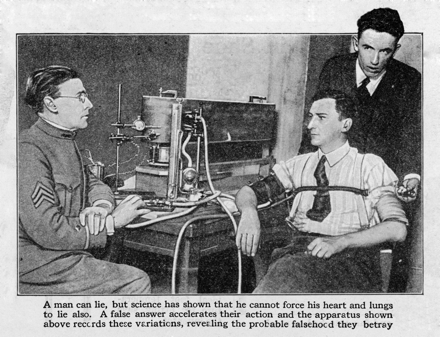
THE JAZZ AGE
The excitement, empowerment, and inspiration of the Twenties gave birth to an artistic revolution that included the popularization of jazz music through the newest broadly available medium of entertainment—the radio. Its origins in New Orleans, jazz was a difficult sound to define, but it was marked by the improvisation and flair of its artists, such as orchestra leader Paul Whiteman and trumpeter Louis Armstrong, who performed in urban nightclubs called speakeasies. The Harlem Renaissance was the emergence of Negro artists, at once angry and inspired, who aspired to express themselves in cultural terms untainted by European standards. African cultural influences made prominent by the Harlem Renaissance helped mold the character and evolution of jazz music, and the Renaissance gave jazz many of its greatest musicians. In the visual arts, the Art Deco movement, which gave us such great architectural achievements as the Chrysler Building in New York City, was renowned for its ornateness and reliance on the elements of Modernism, Cubism, and other artistic styles.

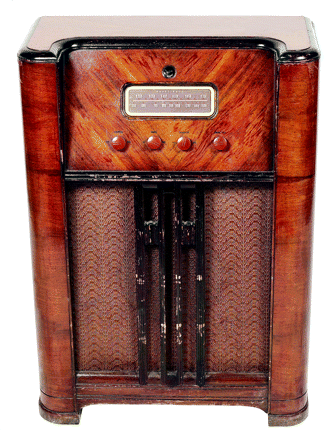

SWEET RELIEF
While Americans vacillated between fear of the unknown and an explosive creativity, biomedical scientists continued to take calculated risks in the hopes of improving our quality of life. In 1920, Canadian scientist Frederick Banting became fascinated with a recently described pancreatic extract and its potential role in diabetes. He formed a team with J.J.R. Macleod of the University of Toronto and carried out his studies in Macleod’s laboratory. The team also included medical student Charles Best and, for a brief time, biochemist James Collip. In January 1922, the team successfully injected an ox preparation of the pancreatic extract, insulin, into a fourteen-year-old type I diabetic and witnessed relief of his glycosuria. For discovering insulin, Banting and Macleod were awarded the Nobel Prize in 1923, which they shared with their deserving but unrecognized colleagues Best and Collip. Two other naturally occurring products—penicillin, discovered in 1928, and vitamins, for which the Nobel Prize was awarded in 1929—would also change the way American physicians assessed and treated disease.
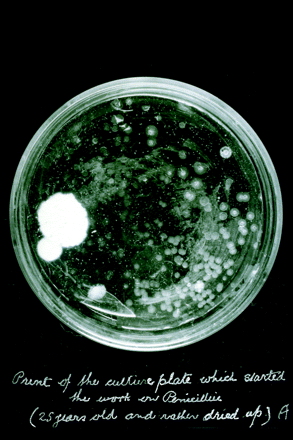
A PREDICTABLE RESULT
From 1919 to 1926, A.J. Clark chaired the Department of Pharmacology at University College London. During this time, he published a series of papers in the Journal of Pharmacology and Experimental Therapeutics and other journals in which he began to describe two concepts integral to classical pharmacology. First, he helped introduce the idea of the antagonistic effect of a drug at a given receptor, a concept later fully developed by Gaddum and Schild. Second, Clark is credited with introducing the idea that the relationship among drug, the biological system in which it acts, and the observed response is a calculable relationship that is based on drug concentration. Based on his findings, in 1926, Clark published Applied Pharmacology, the original basis for the essential text Pharmacology by Rang, Dale, Ritter, and Moore, which is still in use today.
CRASH AND BURN
The end of the 1920s brought America’s new-found audacity to its knees. A public disgusted with Prohibition laws had come to embrace the illegal trade of alcohol and accept the organized crime that went with it. The now infamous Al Capone had achieved celebrity status despite his violent reputation and crooked dealings in Chicago city government. In February of 1929, the St. Valentine’s Day massacre, in which seven members of one of Capone’s rival gangs in North Chicago were mercilessly gunned down in a single shootout, made alarmingly clear the harsh realities of organized crime. In October of that same year, the stock market crashed, obliterating the fortunes of wealthy Americans, bringing widespread unemployment and poverty to the working classes, and sinking the American economy into the Great Depression.
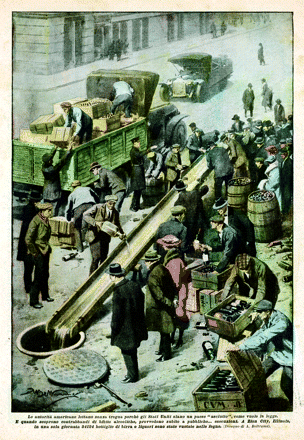
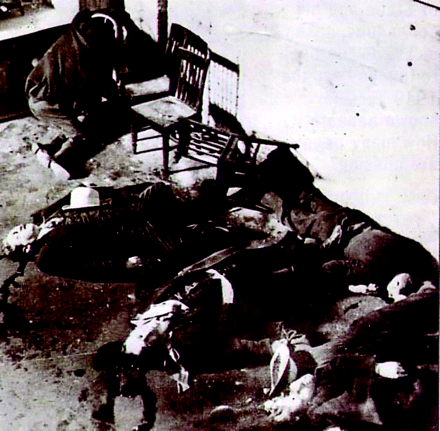
- © American Society for Pharmacology and Experimental Theraputics 2007

